It can be pretty tough to fall asleep when your brain is thinking nonstop or anxiety has gotten the best of you, and it seems to only get harder when you're lying in bed listening to yourself breathe. Yet paying attention to that breathing may be exactly what you need in order to find a calm, easy entry into a good night's rest.
Alina Gonzalez, writer for Byrdie, says that one special breathing pattern helps her glide into sleep better than anything else: the 4-7-8 method. After spending multiple nights awake with excitement, the 4-7-8 method was recommended to Gonzalez by a wellness practitioner, which has helped her out tremendously.
The breathing pattern goes as follows: breathe in through your nose for four seconds, hold your breath entirely for seven seconds, and exhale through your mouth for the remaining eight seconds. The entire process takes less than one minute to complete. Repeat as necessary.

Why This Sleep Hack Works So Well
So, what's so special about breathing in and out differently? This pattern of inhales and exhales gets not only your lungs, but also your brain working to put you to sleep. When we lie awake, anxiously awaiting sleep, we begin to stress ourselves out over the thought of not sleeping at all. In turn, our heartbeat increases and we take shallow, desperate breaths.
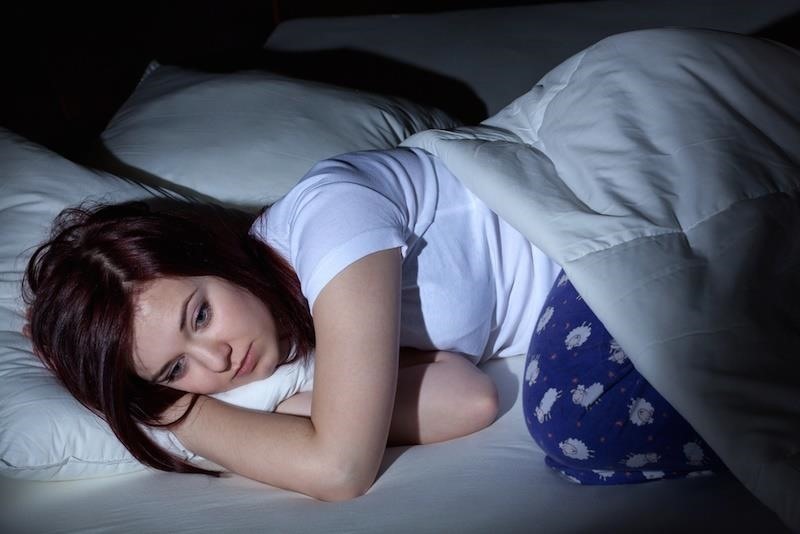
When we worry, panic, or stress out, we do something called under-breathing. As Calm Clinic explains, we worry that we aren't getting enough oxygen, so we panic even more and begin to take faster, shallower breaths to make up for it. Yet we're getting more than enough oxygen—this habit actually fills our system with too much, leading to hyperventilation.
So, the 4-7-8 breathing pattern makes you slow down and take a moment, in a literal sense. When you breathe in slowly for four seconds, you pause and let the breaths sink in. As you hold those breaths for seven seconds, you allow the oxygen to take effect and fill your body. And, finally, when you exhale for eight seconds, you release the carbon dioxide steadily. In response, your heart rate will slow, as your panic drops, and the rest of your body relaxes in turn as you control your breaths.
A Natural Sleeping "Medicine"
As Gonzalez writes, the 4-7-8 breathing technique can feel as fantastic as a sleep sedative. Rather than desperately worrying and trying to rush into sleep, you soothe your entire body and glide gradually into calm.

Gonzalez isn't the only fan or proponent of this one-minute sleep method, either. Dr. Andrew Weil of Harvard University is one of the 4-7-8 method's biggest fans.
Weil recommends using this breathing technique not only when you need to fall asleep quickly, but also any other time you seek a calm state of mind. Use it when you feel upset, so it can soothe you before you react, or even to fight off feelings of strong cravings. He suggests this as a solution for mild anxiety disorders, too.

Yumi Sakugawa, from Secret Tips from the Yumiverse, also recommends the 4-7-8 breathing technique for de-stressing in general, as well as a few other breathing exercises.
Get to Sleep No Matter Your Mindset
The 4-7-8 method can help you to both reclaim your bedtime and slip into sleep almost immediately. With its calming effects, it puts your mind at ease and helps you to drift off without staying up and counting imaginary sheep.
Still need help with sleeping at night? See how to quiet your anxious mind and build better bedtime habits. And, should you wake up during your all-important sleep cycle, you don't have to stay awake—use these tricks to fall asleep once again.
Just updated your iPhone? You'll find new emoji, enhanced security, podcast transcripts, Apple Cash virtual numbers, and other useful features. There are even new additions hidden within Safari. Find out what's new and changed on your iPhone with the iOS 17.4 update.
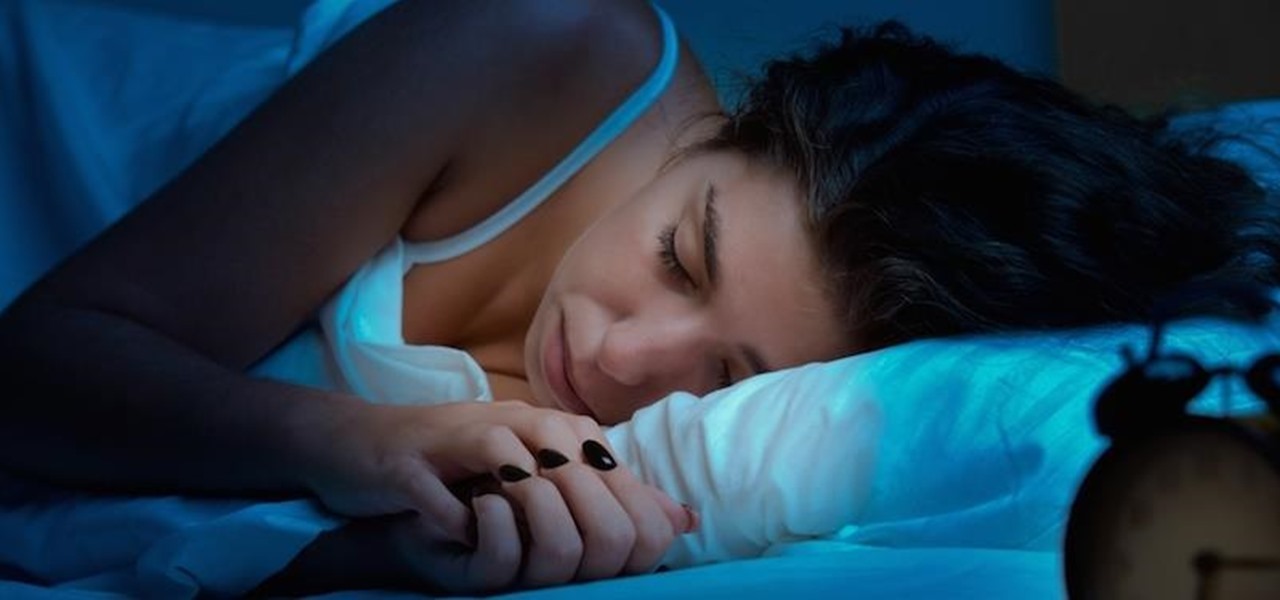


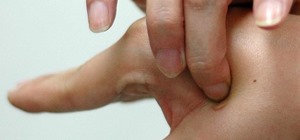

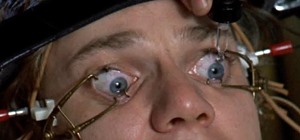
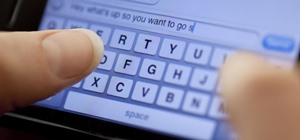

















Be the First to Comment
Share Your Thoughts